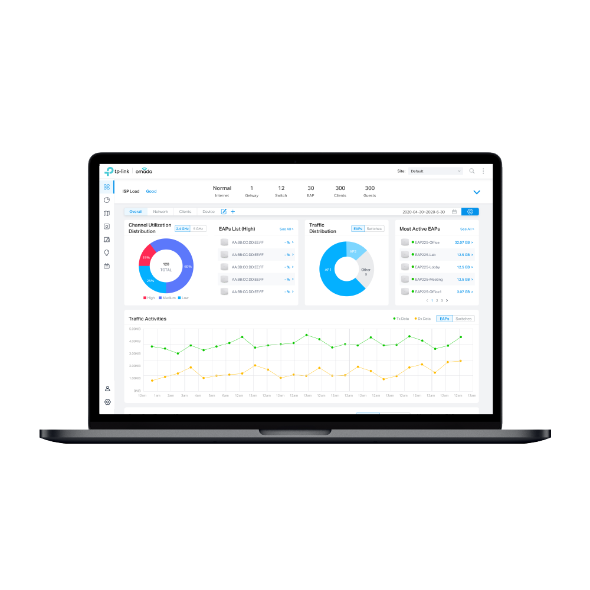Do I need to keep Omada Controller running when using portal authentication?
Suitable for: Omada Controller 2.4.4 or higher and EAP series with corresponding firmware
Available portal authentication methods in Omada Controller include No Authentication, Simple Password, Local User, Voucher, SMS, External Radius Server and External Portal Server. If you are not familiar with the configuration please refer to FAQ 896.
After the configuration, you may raise the question whether you should keep the EAP controller running. The simple answer is yes. To make the most use of portal authentication; you should keep it running.
The table below lists the behaviors of each authentication type when controller is online and offline.
|
Authentication Type |
Controller Online |
Controller Offline |
|
No Authentication |
|
|
|
Simple Password |
|
|
|
Voucher |
|
pass the authentication
|
|
Local User |
|
pass the authentication
|
|
SMS |
|
pass the authentication
|
|
External Radius Server |
|
|
|
External Portal Server |
Portal page and authentication both provided by portal server |
pass the authentication
|
Summary:
- For Voucher, Local User, SMS, and External Portal Server authentication the controller should stay running since all client keep the previous authenticated states or it would no longer provide authentication. Clients who have passed the authentication before the Controller is down can access the Internet while the rest client devices have no means to finish the authentication and cannot access the internet.
- For other authentication types, it works to some extent when EAP controller is offline. But the clients will not be able to see the customized logo and background image. When client moves from one EAP to another, the portal page will pop out again even the authentication do not “time out”. So, to make the best use of portal authentication, please keep the controller running.
Note: The mechanism of portal has been changed, when EAP is disconnected from the Omada Controller, clients cannot authenticate successfully. (This change only takes effect on the firmware which are released after July 2019.)
Is this faq useful?
Your feedback helps improve this site.
TP-Link Community
Still need help? Search for answers, ask questions, and get help from TP-Link experts and other users around the world.









4.0-F_normal_1593323197059j.png)
_EU_3.0_2401__normal_20240119043538b.png)